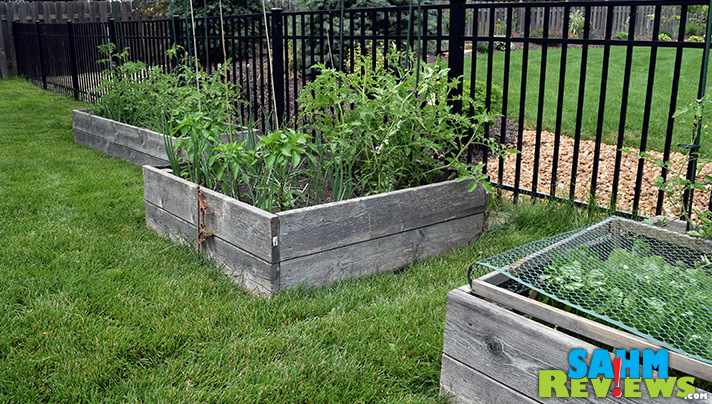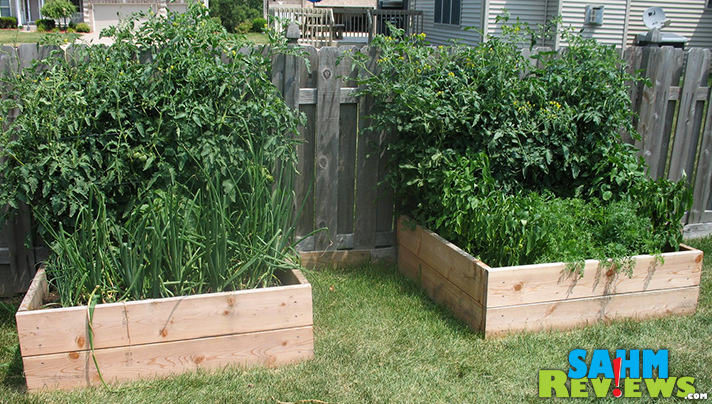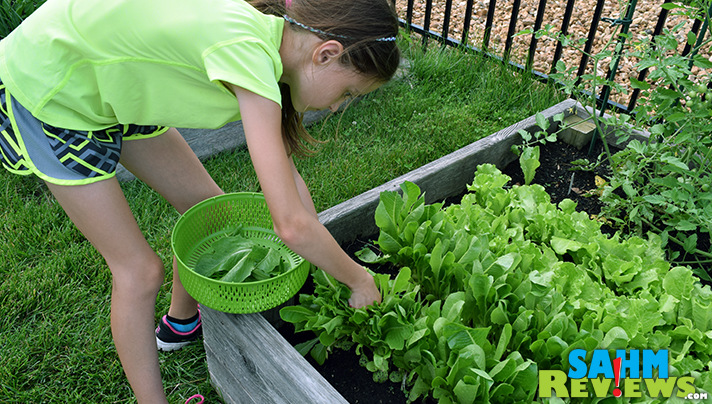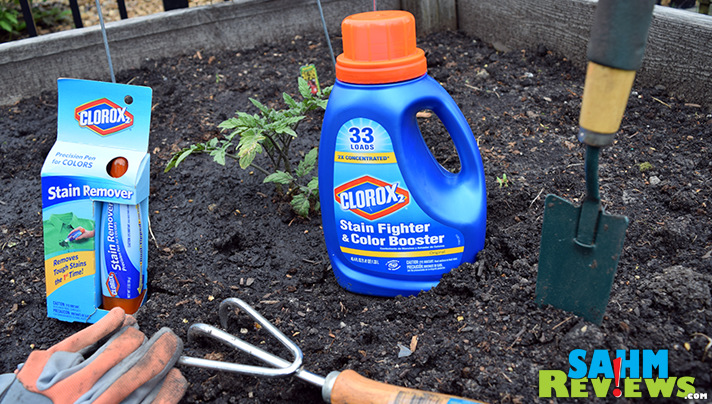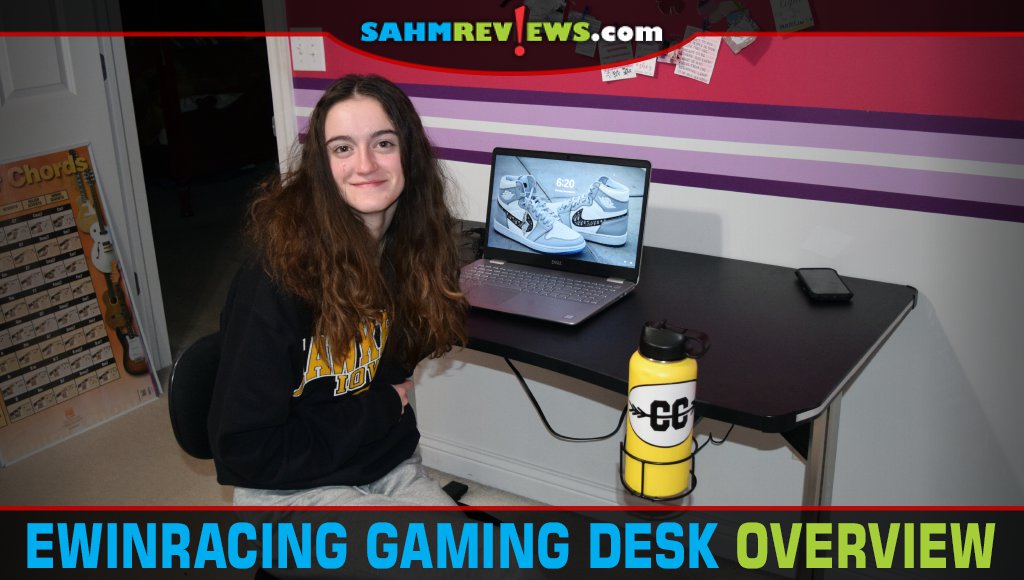Tips for Creating a Garden
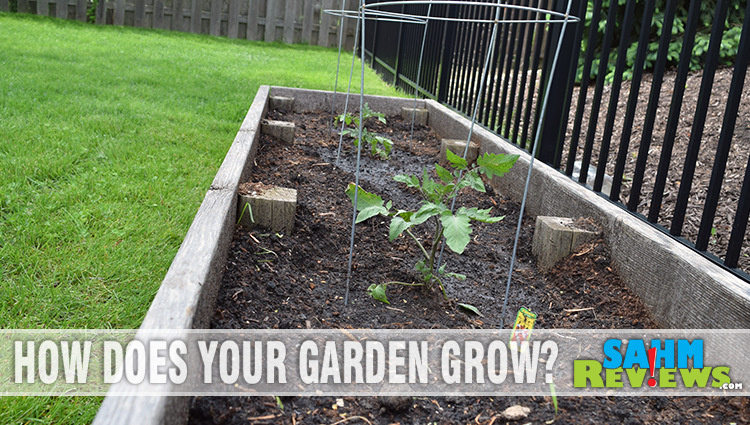
A couple weeks ago I shared a little bit about growing up in the country and participating in 4-H. It was fun but also taught responsibility and an appreciation for agriculture and farming. We lived on 10 acres, not a farm by any means, but my mom maintained an incredible garden that provided a lot of food for the family. It’s where I developed a taste for so many fresh foods. I would pick peas and snack on them while playing outside. It wasn’t uncommon to see us eating a tomato like an apple, sometimes with a salt shaker in hand to lightly dust it as needed. Did you know that fresh asparagus tastes a lot like raw peas? To this day eating uncooked asparagus transports me back to my youth. Fresh corn and beans and watermelon… ooh, the watermelon! For years I yearned for a garden of my own, but never had the land to facilitate it.
When we lived in California, part of the time was in the high desert where the ground wasn’t conducive to growing the types of produce I wanted. We moved to an area near Pasadena which provided a lot of fruit trees, but there was not really room to plant any vegetables. When we relocated to Iowa, the time finally came. I could have my own small garden!
Scott took on the task of building raised beds and we started a garden of our own. Each year we’ve planted only a few items like tomatoes and onions, sometimes adding carrots, peppers or lettuce to the mix. Even though we often miss out on a lot of the harvest due to summer travel, we still feel it’s an important part of our family, providing us basic fresh produce for most of the summer.
Gardening is timing consuming and messy, but worth the sweat equity. Here are a few of my favorite gardening tips in case you decide your yard is worthy of a garden, too!
Build Raised Beds
I know this sounds like an intense project but it’s not impossible and much more affordable than buying premade ones. We opted for untreated lumber. The tradeoff of the lumber not lasting as long was worth knowing there wouldn’t be treatment chemicals leaching into the soil. Most home improvement stores such as Home Depot and Lowes will cut the wood to size at no additional charge so have your measurements in hand before you walk through the door. The first year requires a larger investment of the wood and soil for the boxes but subsequent years should only involve adding peat moss, compost, and/or soil to refill and revive the mixture.
Select Regional Produce
It may sound obvious, but some people decide to plant items that they have trouble finding in their local grocery stores. You may love bananas, but if you live in the north don’t get your heart set on it. If it’s your first garden, plant items that are easy to grow so you can build up your confidence. Tomatoes, onions, beans, carrots and lettuce are all pretty easy. Be sure to purchase cages so the tomato or bean plants will grow upward!
Leave Room For A New Type of Vegetable
Plant something you hadn’t considered. If you have a preconceived notion about a type of food, it might be that you haven’t had it fresh! While I grew up loving asparagus, Scott’s only experience with it was of the canned variety. It wasn’t until he tried it fresh that he realized how good it was. I’ve tried different types of peppers and varieties of tomatoes and discovered some new favorites!
Calculate The Space Needed
You may be excited about planting zucchini or pumpkin or mint only to later discover that it takes over your entire garden. Research the plants you want to include and leave plenty of room for growth. If you want herbs, you can always have a small container that you keep separate to help contain them! Carrots and onions don’t mind being overshadowed by the overgrowth of a healthy tomato plant, but don’t expect a pepper plant to be as fond.
Involve Your Kids
Children are sponges and hands-on-learning is one of the best ways for them to absorb new information. Let them help select something to add to the garden and this might be the perfect way to fulfill the “leave room for a new vegetable” suggestion I made above. Allow them to help pull weeds, shovel the dirt, plant the seeds, water the garden, harvest the produce and most important, get dirty in the process. By involving your children (of any age) in the process, you may be surprised to see them trying vegetables that you used to have to beg them to consume.
Don’t Be Afraid Of Getting Dirty
When you plant the garden each year, you start by refreshing the soil. That means removing any weeds and roots, churning and loosening the existing dirt, adding new soil and nutrients (as noted above) then churning it all together like you’re mixing a big batch of cookies. (Okay, maybe mixing a salad would have been a better analogy in this case.) When you dig to add new plants or seeds, pull weeds or even harvest and can some produce, you’re going to get dirty. It’s okay. It’s just dirt and food. But sometimes people worry that dirt and messes are headaches so they avoid activities where a mess is the end result. There’s really no reason for that if you plan ahead. If you’re going to be working or playing in the yard, have a housecoat or fresh set of clothes ready. Have a designated door to the house that everyone (who is dirty) will enter through. Leave boots or work shoes outside the door until mud and dirt can be easily knocked off. Have a rug inside to catch anything that falls off of clothing. If the mess and stains are bad enough, change out of the dirty clothes and get them ready for the laundry right away. Be sure to have Clorox 2 Stain Remover and Color Booster on hand to add to the wash to keep the colors bright and to pre-treat any stains. Grass stains, mud splatter (and even wine stains) are signs of life well-lived. While you want to enjoy the moment, savor the skills learned, enjoy the fruits of your labor, you also want all the stains to be gone. Clorox 2 can be used to pre-treat set-in stains you thought would be there forever and even works on tough “soil” stains including body and outdoor.


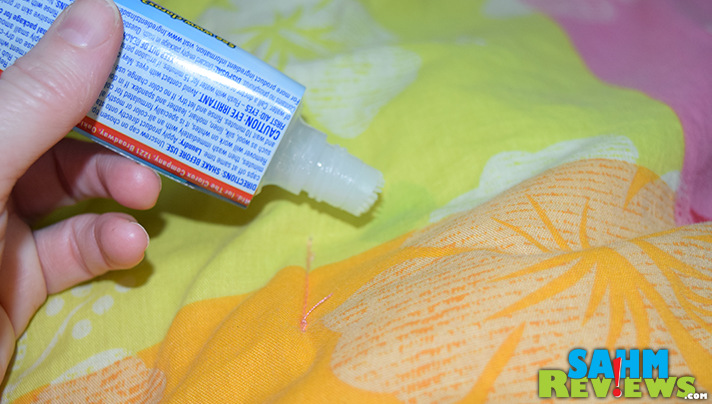
I was actually washing my daughter’s very colorful comforter the other day and noticed a few stains that needed to be treated. I don’t know how long they had been there but I pre-treated with Clorox 2 without concern for damaging the appearance and vibrancy of the material. When the comforter came out of the dryer, I couldn’t find the stain or any indication that I had treated an area! If Clorox 2 can do this well on something filled with colors, treating dirt from the garden is a piece of cake! Learn more about Clorox 2, grab the New Clorox My Stain app, follow Clorox on Facebook or Twitter or print a coupon!
Planting a garden isn’t just a way to eat healthier, it’s also a great way to teach your children about health, nutrition and responsibility and is even a nice way to relax! It’s not too late to put in garden and start harvesting some happiness!
What do you, will you or would you plant in your garden?
